Dental implants for periodontal disease
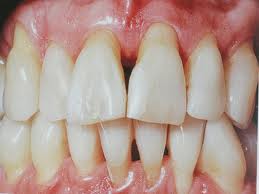
Periodontal disease is a disease that is characterized by inflammation of the gums and ligaments surrounding the tooth.
Subsequently, bleeding and redness of the gums join.
Over time, bone tissue atrophy occurs, leading to tooth loss.
In advanced situations, it becomes impossible to cure the disease, supportive and replacement therapy is carried out. As a result, the development of the disease slows down, the symptoms and general condition of the patient are facilitated.
Conducting classical implantation during periodontal disease is not possible due to the loss of bone tissue.
If you build it, the process is delayed for a very long time. The effectiveness of this build-up is almost nullified.
Today, there are techniques when implanting teeth during periodontal disease allows, in the presence of inflammatory processes of the gums and loss of bone tissue, to restore lost teeth.
Periodontal implantation for periodontal disease
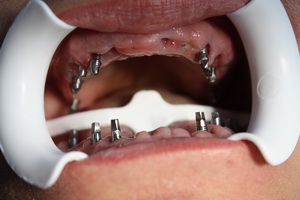
One such technique is basal implantation.
Implants with a special design are fixed in the deepest part of the bone.
For this reason, the destroyed areas of bone tissue do not affect the process of implantation.
The load from the implant is transferred to the jaw bone, which leads to the activation of natural processes in it and bone tissue is restored in a fairly short time.
How is
- Moving teeth are removed.
- Sanitation and removal of all foci of inflammation is carried out.
- Basal implants are immediately inserted into the holes of the extracted teeth.
- On the third day after surgery, a temporary prosthesis made of metal plastic is fixed.
Operation benefits
- The volume of bone tissue is restored.
- Diction improves.
- There is a restoration of the functionality of the dentition and aesthetics.
Clinical case
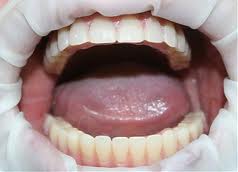
The patient partially lacked teeth on the upper jaw. The living teeth that were left were severely loosened due to periodontal disease. These teeth were not subject to restoration.
As a result, it was carried out:
- removal of mobile teeth,
- simultaneous implantation and prosthetics by the method of basal implantation.
Questions and answers
Frequently asked questions are answered by expert doctors:
- Question: Is it true that periodontal disease is a contraindication for implantation?
Answer: Not. This is a fallacy. Implantation is a great solution to restoring the dentition. The myth that with periodontal disease surgery is contraindicated exists only in Russia. In countries where the level of dental care is high enough, patients are advised to install implants rather than lose teeth and time.
- Question: Will the implant hold if it could not resist the native tooth?
Answer: The surface of the structure is such that the fusion with the bone is even more durable than with the tooth. The main thing is to remember that the number of implants should correspond to the number of lost teeth.
- Question: Is it worth saving teeth if they begin to loosen?
Answer: It all depends on the degree of atrophic changes in bone tissue. Periodontists strive to preserve their teeth and recommend a removable splinting prosthesis, and implantologists remove and replace the implant. This is correct, because in the absence of a normal load on the bone, it will begin to atrophy.
Before and after photos
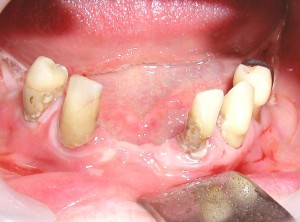 |
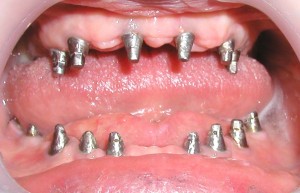 |
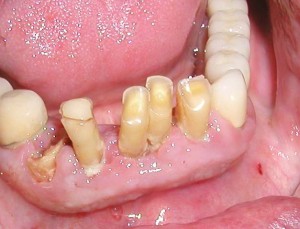 |
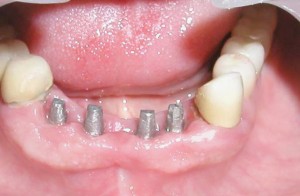 |
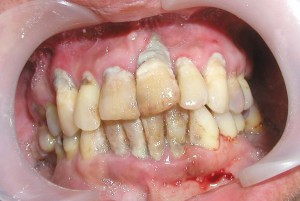 |
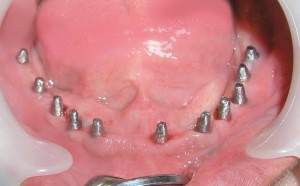 |